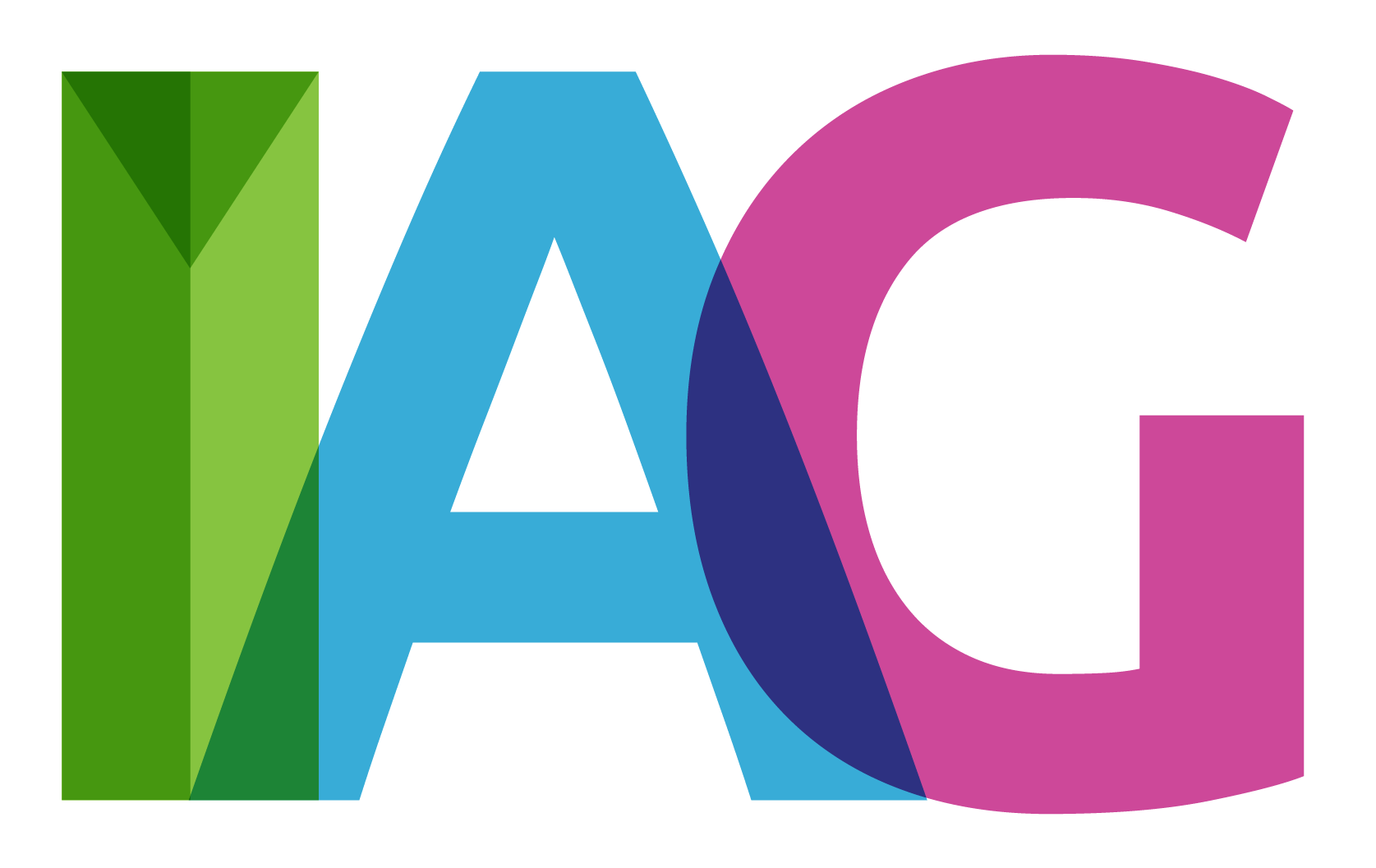How to maximize the value of your growing firm
Three Questions – Part 1 of 4
Does your firm know who they are and where they are going?
Does your team have a handle on the reliability and growth of their revenue streams?
Do your firm’s operational processes support successful outcomes?
As a practitioner in the A&E industry for over 35 years, I have been a part of adding new services to an existing practice, expanding into a new geography, and implementing turn arounds in under performing business units. In my experience, any of these tasks have boiled down to the three questions that need to be answered. Of course, to answer these questions in the affirmative, hundreds of boxes need to be checked as items that have been completed in each of the three subject areas.
An overview of the first question would include the establishment of your firm’s Vision, Mission, and Values. Your values are the cornerstones used to develop the firm’s business culture. Supporting these high-level components are a set of strategic goals to be executed over the next planning period which propels the firm from your current reality to an envisioned future. Combined together, these building blocks form your strategic plan.
The second question bridges the gap between the conceptual and the actual. Answering the question with an emphatic yes means that your firm can; maintain and expand backlog from existing clients through cross-selling, effectively pursue and procure new projects, and identify and pre-position for those emerging clients identified in the strategic plan.
The last question addresses the efficiency with which your firm realizes successful outcomes. These include quality work deliverables, high client satisfaction and profitable financial results. Appropriately scaled process that fades to the background should be the goal here. Energy should not be expended due to a haphazard process or one your firm has outgrown.
Strategic Planning – Part 2 of 4
Does your firm know who they are and where they are going? When a founder starts a new company, a strategic plan for the startup could describe the goals that support being a sustainable firm employing one person. It is simple to see that a national firm would have a strategic plan that would be exponentially more complex. The point is that strategic plans should be relevant and to remain relevant they must be implemented and re-envisioned regularly.
First, let us discuss relevancy. Plans should be focused on what can realistically be accomplished in the next five years. Stretch goals are great, but goals and growth projections that are unrealistic are one of the first issues that will cause our teams to disengage from the planning effort. The scale of analysis is also important. Market and competitor research should be tailored to the firm’s current reality. A SWOT analysis is fine, but we should not let it and a resultant gap analysis bog down the effort with paralysis by analysis. It’s a strategic plan, not a master’s thesis. Lastly, when our team reviews the finished product, they should be able to see the firm’s DNA in the vision, mission and values. They should feel excited and a little uneasy about the implementation of the plan. Speaking of implementation….
Why do so many plans get created to great fanfare and then get forgotten? It’s because our plans never get launched, monitored and assessed. A good plan executed is so much better than a great plan that gathers dust. Many firms are successful in compiling a relevant strategic plan but fail to successfully implement them. We should bring the same operational discipline to our strategic plan that we do to the production of our work products. A strategic plan should be thought of as a five-year project with a scope of work, a schedule, and deliverables. Business development activities that are identified in the plan should embedded in our monthly, quarterly, and annual process and be assessed just like our external projects. Finally, each business unit within the firm should have plans that support and are in alignment with the firm’s strategic plan. It seems obvious. It is. It’s just that with the challenges firms face every day, implementing a strategic plan always seems to take a back seat.
Revenue Pipeline Growth & Projection – Part 3 of 4
Does your team have a handle on the reliability and growth of their revenue streams? Only through cross selling, improving the pursuit process and targeting/pursuing emerging clients can a firm realize the full potential of their strategic plan and experience diverse and sustainable growth. These three revenue streams are key to correctly projecting and growing revenues. The first could be considered a “base” flow and is derived from existing contracts. To illustrate, let’s look at the actions taken during a turnaround. The focus is on the immediate. One of the first things to assess in an operational turnaround is the reliability of the under performing unit’s revenue stream. How much hard backlog does the unit have? What soft backlog can we convert to hard backlog? Once these two components are quantified and the unit is stabilized, the easiest source of new revenue is cross-selling new services to existing clients.
Once the above items have been successfully triaged, the unit’s survival is more certain. But, why stop there? Next, an assessment of hit rates and the effectiveness of the project pursuit process is appropriate. The focus is the next 18-24 months. Successful firms are differentiated as they not only cross sell effectively, they sell their services to adjacent clients. An adjacent client could be a new contract sold to a geographically adjacent client where an existing client in a city may endorse the firm to one of its peers. Keeping track and maintaining a relationship with individual clients as they change agencies is another example of selling to an adjacent client. At this point, a subject firm may have incremental growth in their core services.
Firms that successfully implement their strategic plans and have diverse and sustainable growth, accomplish it by identifying, pursuing and acquiring revenue from the emerging clients identified in their strategic plan. The focus here is 2-3 years out. The day we start pre-positioning with a client for a group of projects or capital improvement plan, is the first day of an 18-month process if we are truly pre-positioning. The highest performing firms pre-position with clients for projects that may be two years or further out and were included in the emerging markets/clients portion of their strategic plan. Revenue from emerging clients is only realized after a concerted and sustained effort.
Operational Process – Part 4 of 4
Do your firm’s operational processes support successful outcomes? Strive to make the routine….routine. For example, if a firm runs though cycles of cash flow issues, it’s likely that the invoicing and collections process is not routine. Establishing a routine allows the firm to get into a rhythm and drive efficiencies. If you are going to utilize the intellectual capital of the team to create or enhance a process, it should be done once and refined under use. Having a routine collections process reserves the problem-solving energy so that the firm for example can address a habitually late paying client.
Imagine the power of making the routine, routine for all of a firm’s process. Saturating the discipline seen in production operations to the business development side of things would yield big results. Monthly and weekly meetings that address and verify activities for cross selling, project pursuit process, and adding emerging clients will drive the “business development” project forward. The same can be projected onto project financial results through the monthly interaction between project managers, invoicing and collection efforts. Properly scaled process overlaid on monthly and annual cycles creates the firm’s performance culture. The highest value firms operate in a dynamic version of this condition where process is routine, efficiency is incrementally increased, and the firm grows as a result. Growth can create its own challenges when an old process begins to lose its scale or relevance.
As firms grow there will be instances where a process that served for the last version of the firm, does not serve the newer version of the firm. Delegation of authority is a good example that is typically inserted into a process as a firm grows. If decisions are not timely due to only one or two people having the authority to approve something, it may be appropriate to revamp the process. A single-owner delegating signature authority to 2 or 3 managers is one example of how a process needs to evolve. The same idea may present itself at a national firm when the seller/doer model needs to be supplemented with a strategic pursuits team. The takeaway? Process should be developed and utilized for an extended period of time knowing however, that most have an effective shelf life and must be evolved and replaced.

